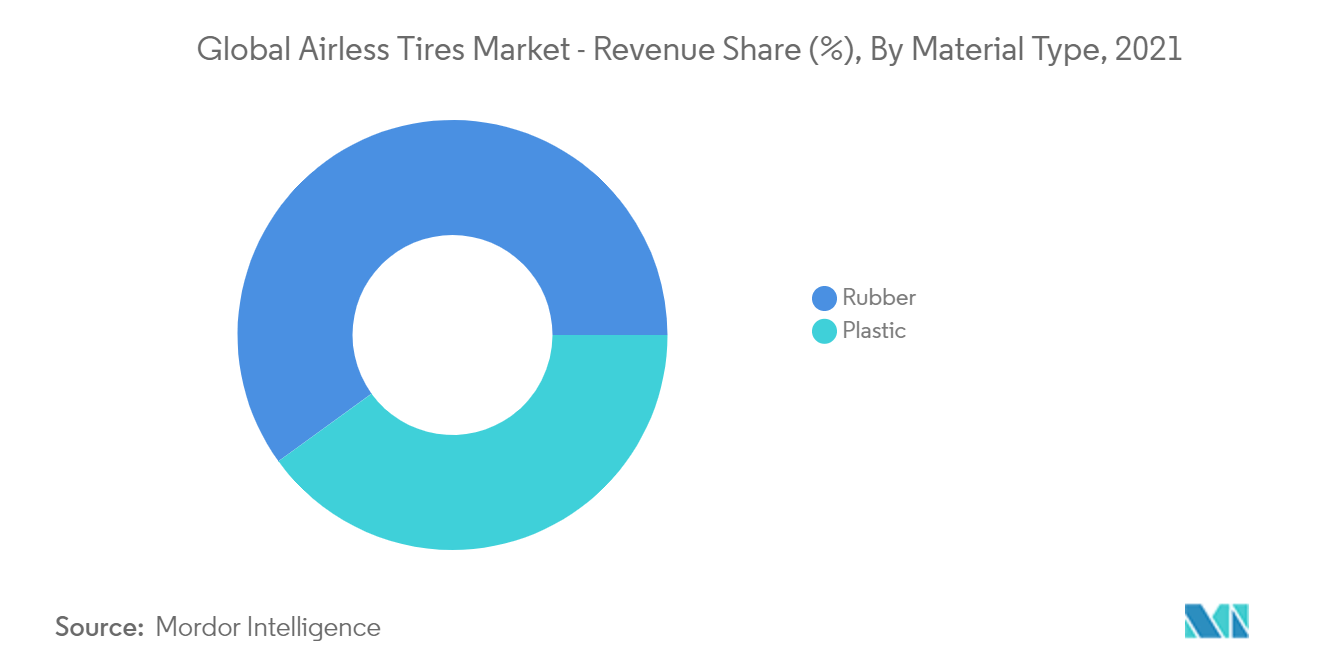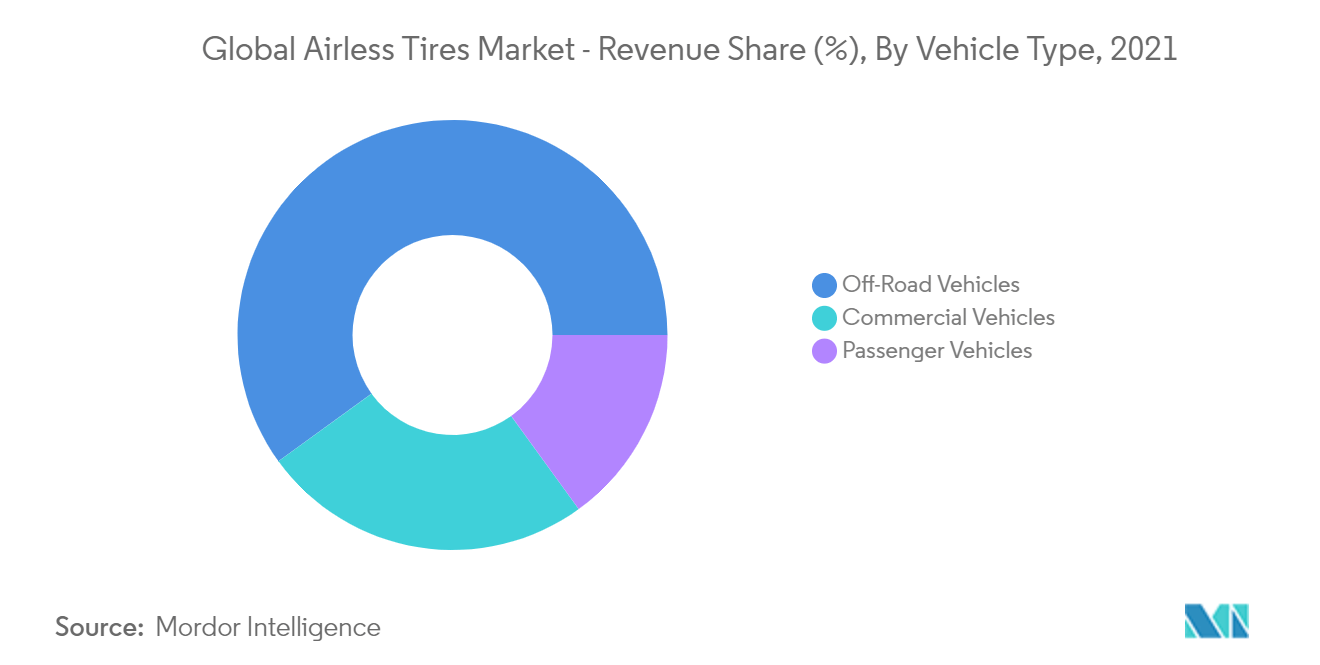Market Trends of Global Airless Tires Industry
This section covers the major market trends shaping the Airless Tires Market according to our research experts:
Certain advantages of airless tires expected to drive the market
Over the years in automobile history, tires have become an integral part in all types of vehicles. Since tires control the motion of a vehicle, there have been many accidents across the world because of tires. For instance, in the United States alone, more than 700 fatalities are caused each year due to tire-related issues. According to studies, it has also been found that fatality rate because of tire related issues have been more than that of cell-phone driving deaths.
Flat tires, tire blowouts, and worn-out tires are the most common issues associated with pneumatic tires. It is estimated that every second, seven flat tires occur in the United States alone. This pertains to around 220 million flat tires per year. Also, many studies across the world now suggest that a considerable number of people, especially millennials do not even know how to replace a flat tire. Using airless tires will see the risk of a flat tire being mitigated.
Frameworks such as CAFÉ and standards set by EPA, NHTSA, etc., across the world, are demanding increased mileage figures to reduce the emissions from vehicles. According to the latest framework, which was introduced in the United States in 2012, the automaker’s average fuel economy was expected to reach 35.5 mpg in 2016 and go up to 54.5 mpg in 2025. To achieve this, automotive manufacturers are leaving no stone unturned to reduce the overall weight of the vehicle. By employing airless tires that won’t go flat, spare tires can be avoided from vehicles. A typical spare tire, along with associated equipment to change it, weighs around 40 to 50 pounds. This amount of weight can be saved from a vehicle, which would increase the MPG figures.

Off-road vehicles expected to hold the largest market share
The share of off-road segment among different vehicle tires is expected to be the highest in 2022, and it is expected to be the largest segment in 2027 as well, but with a decrease in total share value.
Off-road vehicles, especially construction and industrial vehicles, such as backhoes, forklifts, skid steer loaders, telehandlers, etc., use solid tires. Generally solid tires for these kinds of equipment are designed so as to provide low operational costs at harsh work environments.
Solid tires for off road equipment are also designed to last approximately three times longer than pneumatic tires, as they are made from special rubber compounds. Their tear strength is also more than double of most pneumatic ones, which helps keep the tires intact even when traveling over debris-filled areas.
Major companies such as Michelin, Bridgestone, Continental AG, Trelleborg AB, GRI Tires, etc., offer solid tires in their portfolio for the aforementioned applications. The constantly growing building and infrastructure industry around the world, along with the increasing inventory handling in airports, ports, and warehouses, is expected to record a growth in machinery sales. This, in turn, will drive the demand for solid tires over the forecast period.


